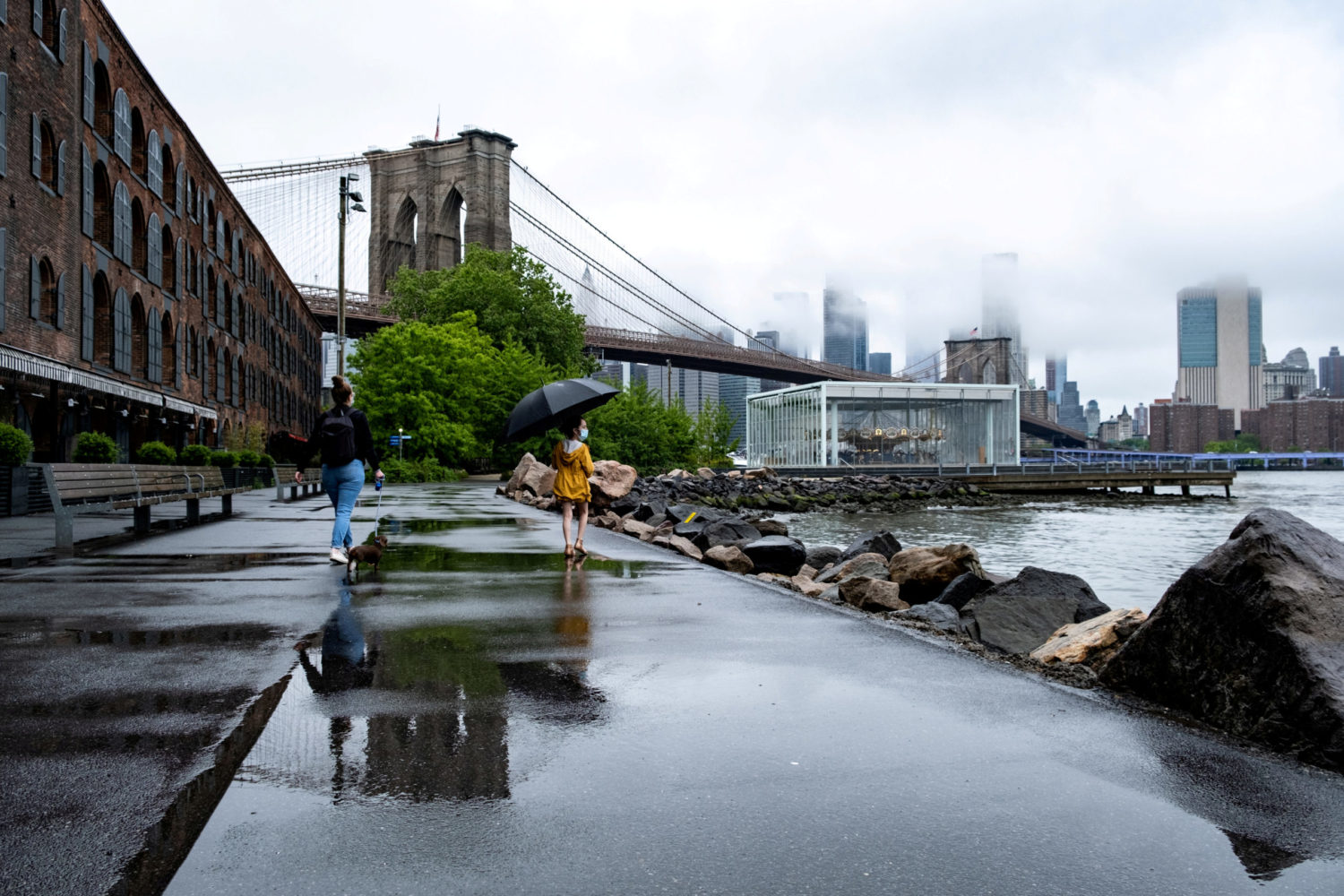
By Maria Caspani
NEW YORK (Reuters) – New York City officials said on Wednesday they were working to address a rise in COVID-19 cases in parts of Brooklyn and Queens that was raising “a lot of concern.”
Mayor Bill de Blasio said the new outbreaks, including a large cluster in three Brooklyn neighborhoods, accounted for about 20% of confirmed positive cases citywide.
“We’re seeing a serious uptick in multiple neighborhoods simultaneously and it’s something we have to address with a very aggressive public health effort right away,” de Blasio told reporters, adding that the Sheriff’s Office and the New York Police Department would help tackle the spread.
Dr. Mitch Katz, the CEO of New York City’s public healthcare system, said the city would distribute masks, gloves and hand sanitizer while officials will ask religious leaders to reinforce key public health messages.
Robocalls in English and Yiddish and sound trucks will urge residents to physically distance and wear a face covering, Katz said. Brooklyn is home to many Orthodox Jews, a community that has been hard-hit by the coronavirus and where compliance with restrictions has been at times problematic.
After becoming the global epicenter of the pandemic in the spring, the city’s positive test results have fallen to below 1%.
However, in the borough of Queens, positive cases have risen to 2.24% in Kew Gardens and 3.69% in Edgemere-Far Rockaway. In Brooklyn, officials are concerned about Williamsburg, with a 2% positive rate, and a southern part of the borough that includes Midwood, Borough Park and Bensonhurst that officials are calling the Ocean Parkway Cluster, where the positive rate is 4.71%, the health department said.
Overall, there has been a slight uptick in coronavirus cases in New York City over the last two months. On Sept. 14, the city reported 380 new cases, the highest since July 20.
However, the average percent of tests coming back positive has remained virtually unchanged since August, according to city data.
(Reporting by Maria Caspani; Additional reporting by Jonathan Allen; Editing by Lisa Shumaker)


